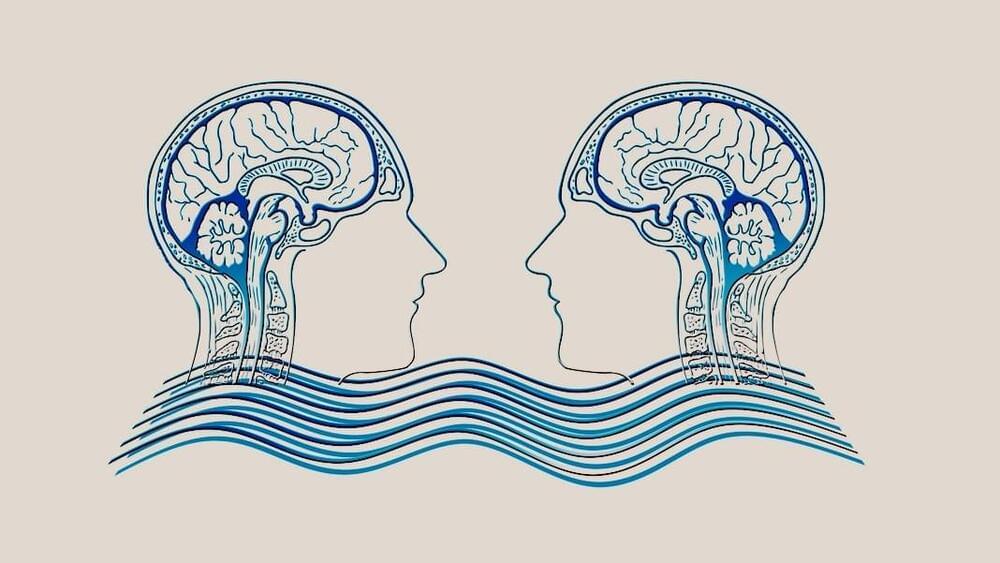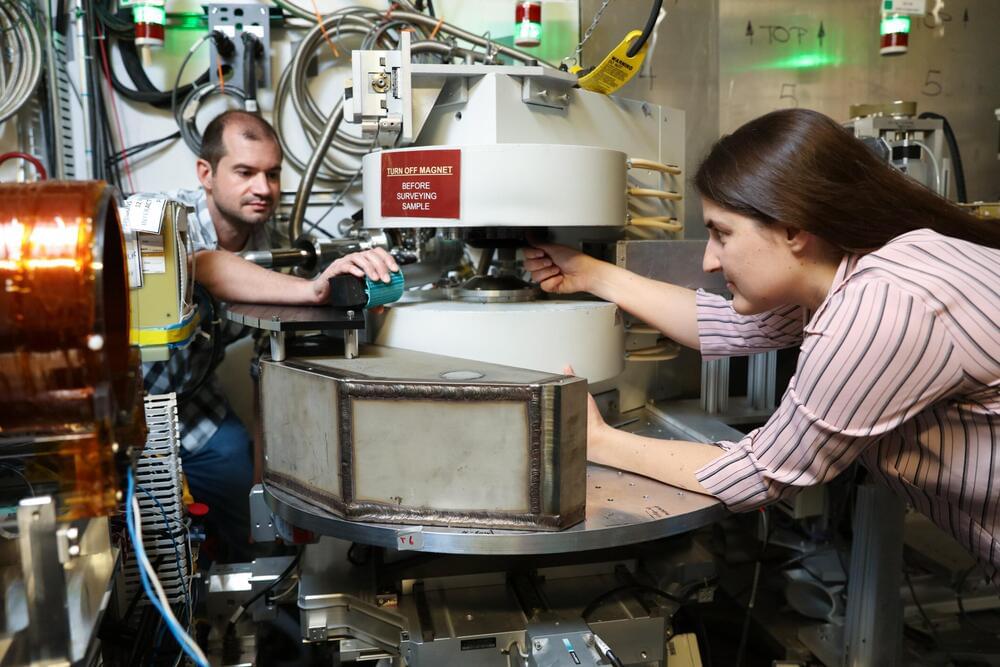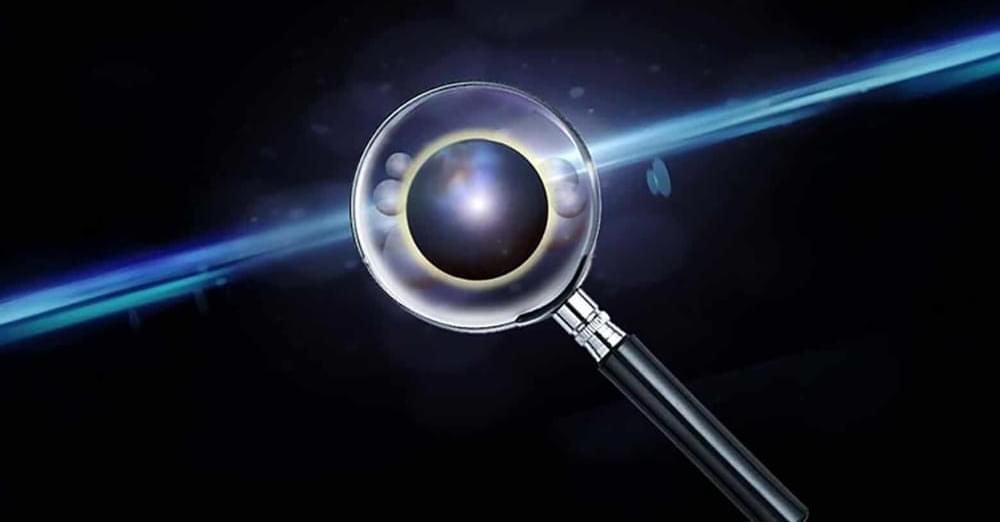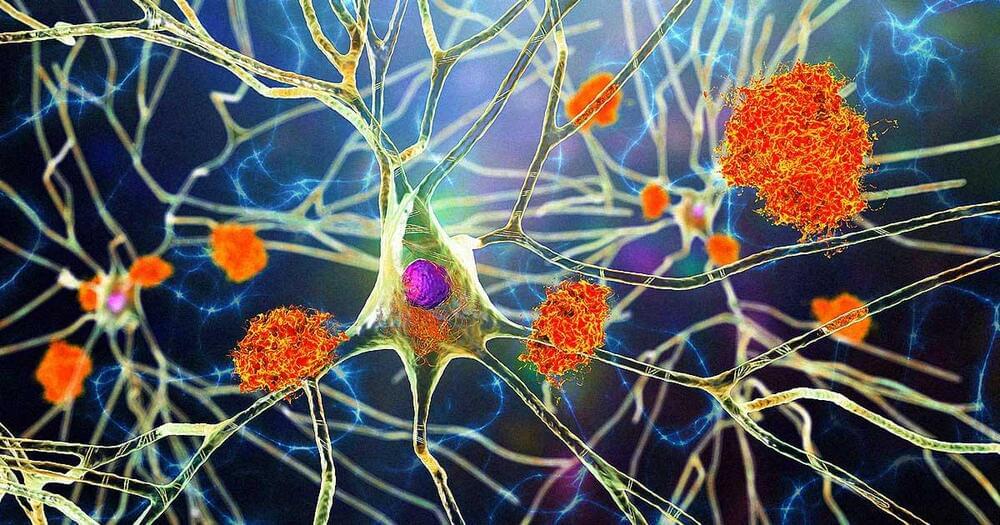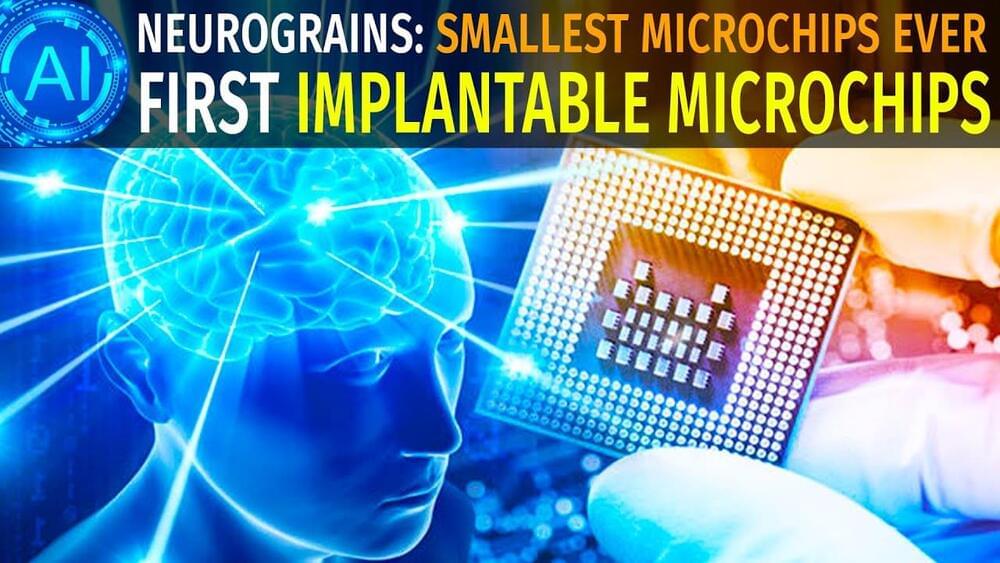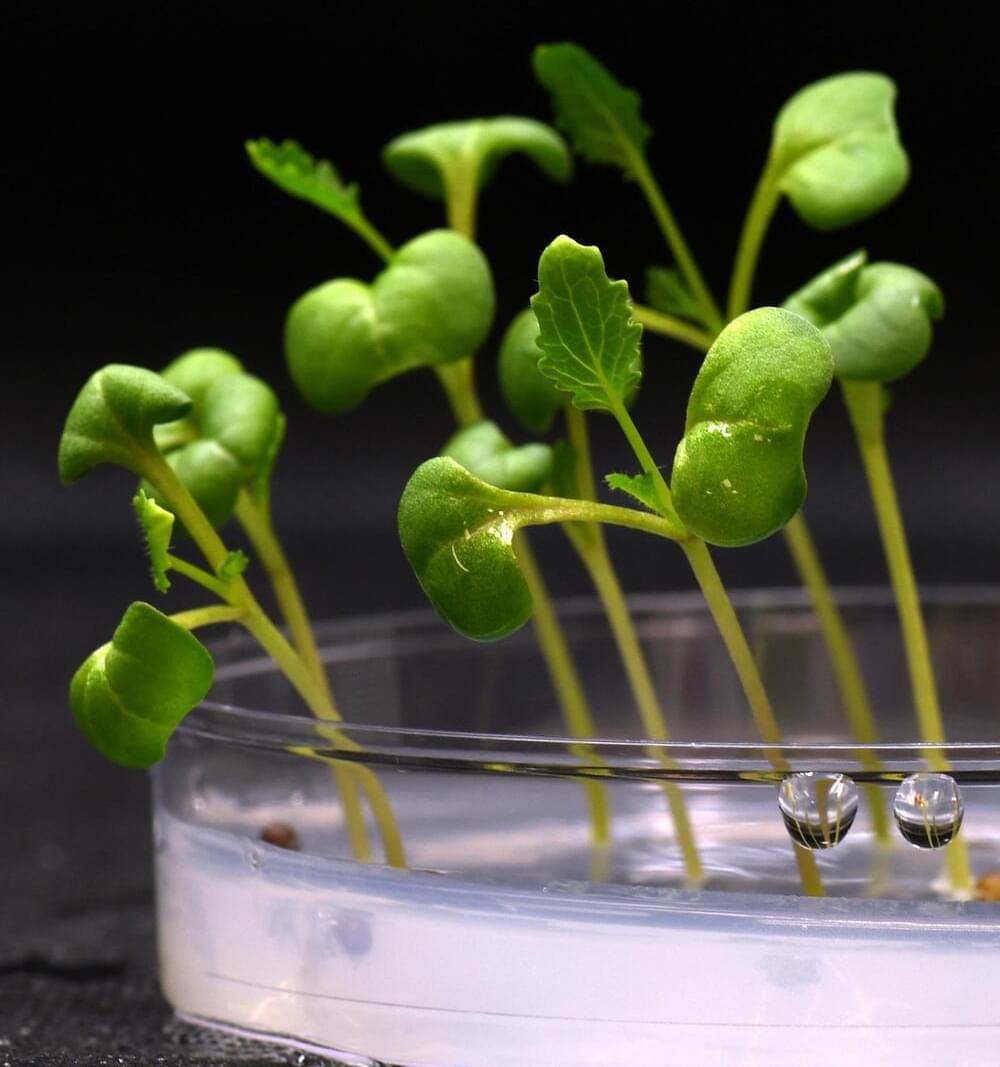Jun 28, 2022
Metasurfaces Open the Door to Telekinesis and Telepathy With Technology
Posted by Art Toegemann in categories: computing, internet, neuroscience
If you need the hardware.
A separate study used metasurfaces as a telephone of sorts to help two people text simple messages, all without lifting a finger.
Direct brain-to-brain communication isn’t new. Previous studies using non-invasive setups had participants playing 20 questions with their brain waves. Another study built a BrainNet for three volunteers, allowing them to play a Tetris-like game using brainwaves alone. The conduit for those mindmelds relied on cables and the internet. One new study asked if metasurfaces could do the same.
Continue reading “Metasurfaces Open the Door to Telekinesis and Telepathy With Technology” »
